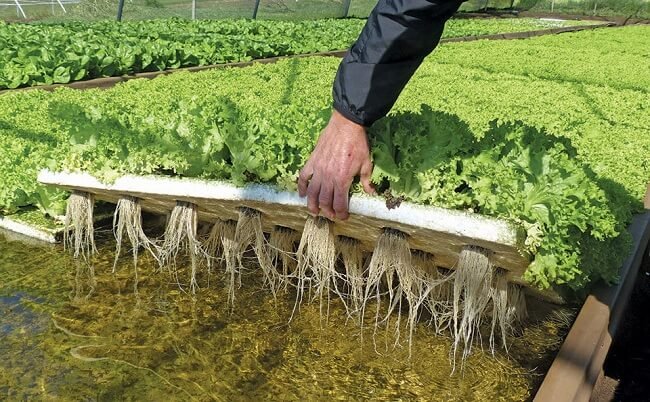
Introduction
Sustainable agriculture is more than just a buzzword; it’s a necessity in a world facing environmental challenges. One innovative method gaining traction is aquaponics, a symbiotic system that combines aquaculture (fish farming) with hydroponics (soilless plant cultivation). Let’s explore how aquaponics is revolutionizing farming methods for a more sustainable future.
The Basics of Aquaponics
Aquaponics works by creating a closed-loop system where fish waste provides nutrients for plants, and the plants filter the water for the fish. This natural synergy between aquatic creatures and plants mimics the nutrient cycles found in nature, resulting in a highly efficient and sustainable farming method.
Maximizing Resource Use
One of the key advantages of aquaponics is its ability to maximize resource use. In traditional farming, water and nutrients are often wasted due to runoff and inefficient irrigation systems. However, in aquaponics, water is recirculated within the system, reducing water consumption by up to 90% compared to conventional farming methods. Additionally, the nutrient-rich fish waste serves as a natural fertilizer for the plants, eliminating the need for synthetic fertilizers.
Promoting Environmental Sustainability
Aquaponics promotes environmental sustainability by minimizing the environmental impact of agriculture. Unlike conventional farming, which can lead to soil degradation, water pollution, and habitat destruction, aquaponics operates in a closed-loop system that minimizes waste and preserves natural resources. By reducing reliance on chemical inputs and minimizing greenhouse gas emissions, aquaponics offers a more eco-friendly alternative to traditional farming practices.
Enhancing Food Security
Food security is a pressing global issue, with an increasing population and shrinking arable land. Aquaponics offers a sustainable solution to this challenge by enabling year-round crop production in a fraction of the space required for traditional farming. By growing both fish and vegetables in the same system, aquaponics provides a diverse and nutritious source of food that can be produced locally, reducing reliance on long-distance food transportation and improving food access in urban areas.
Adaptable to Various Environments
One of the most exciting aspects of aquaponics is its adaptability to various environments. Whether it’s a small-scale system in an urban apartment or a large commercial operation in a rural area, aquaponics can be tailored to suit different needs and conditions. Its modular design and scalability make it suitable for a wide range of applications, from community gardens and rooftop farms to commercial greenhouses and research facilities.
Educational Opportunities
Aquaponics also offers valuable educational opportunities, particularly in schools and community centers. By setting up aquaponics systems in educational settings, students can learn about biology, ecology, and sustainable agriculture in a hands-on way. Aquaponics teaches valuable lessons about the interconnectedness of ecosystems and the importance of conservation, inspiring future generations to become stewards of the environment.
Challenges and Considerations
While aquaponics offers many benefits, it also presents some challenges and considerations. Maintaining water quality and ensuring the health of both fish and plants requires careful monitoring and management. Additionally, upfront costs can be significant, particularly for larger systems or commercial operations. However, with proper planning and investment, aquaponics can provide a sustainable and profitable alternative to traditional farming methods.
Conclusion
In conclusion, aquaponics represents a promising solution to the sustainability challenges facing agriculture today. By harnessing the natural synergy between fish and plants, aquaponics offers a highly efficient, environmentally friendly, and adaptable farming method. As we continue to explore innovative ways to feed a growing global population while preserving natural resources, aquaponics stands out as a beacon of hope for a more sustainable future. Read more about Aquaponics


